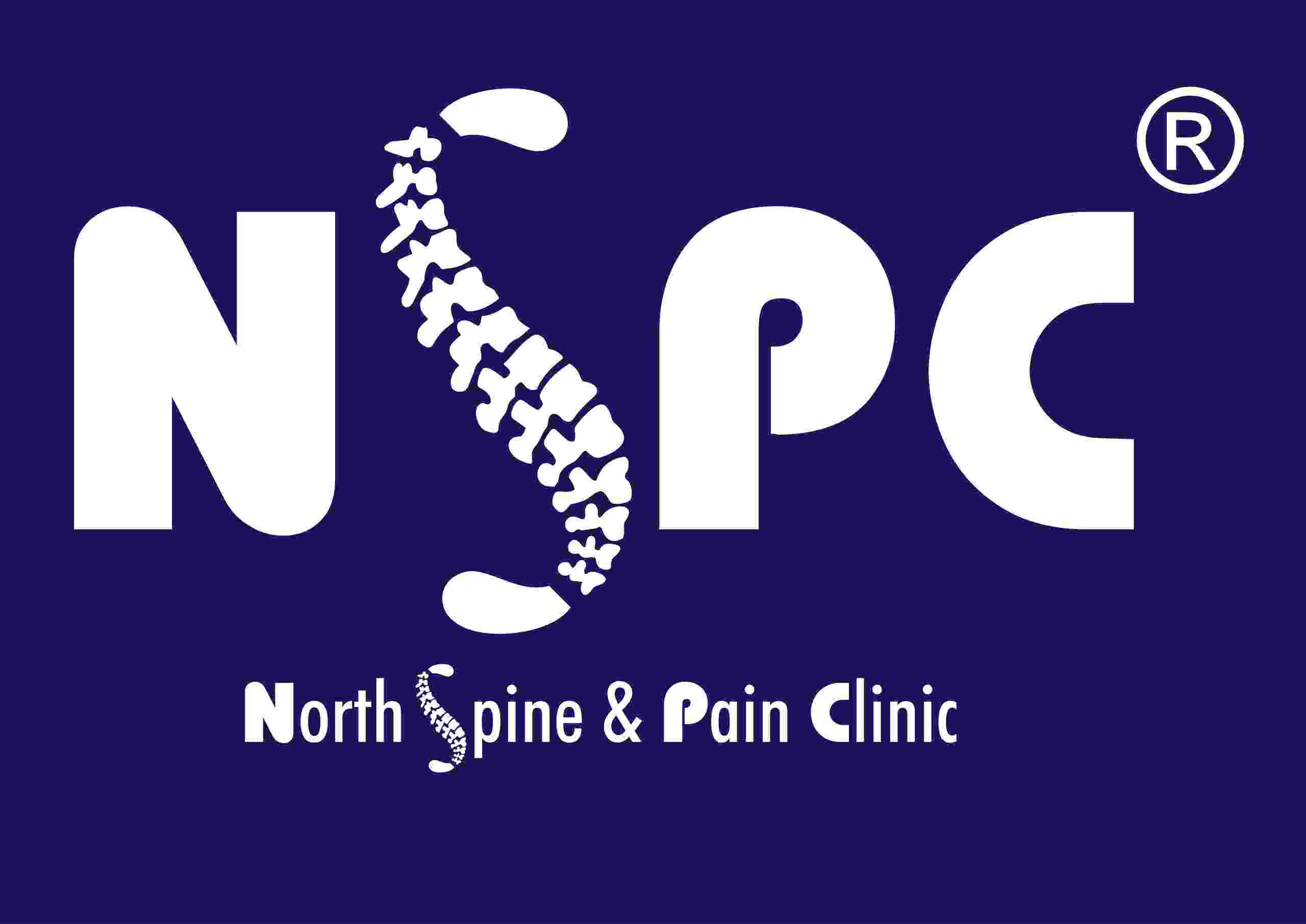Spine Fracture: Causes, Types, and Treatment Options
Spine Fracture: Causes, Types, and Treatment Options
Spine fractures, also known as spine bone fracture, are serious injuries that affect the stability of the spinal column. These fractures can result from trauma, accidents, osteoporosis, or other underlying medical conditions. In this article, we will explore spine fractures, their causes, symptoms, various types of spinal fractures, and treatment options.
What is a Spine Fracture?
A spine fracture occurs when one or more bones in the spine, called vertebrae, break due to excessive force or weakened bone structure. These fractures can cause intense pain, mobility issues, and, in severe cases, nerve damage or paralysis. Identifying the type and severity of the spine bone fracture is crucial for effective treatment.
Common Causes of Spine Fracture
– Trauma and Accidents: Car crashes, falls, or sports injuries can lead to spine fractures.
– Osteoporosis: Weak bones due to osteoporosis increase the risk of spine bone fractures, especially in older adults.
– Tumors and Infections: Some medical conditions can weaken the vertebrae, making them prone to fractures.
– High-impact Activities: Athletes or individuals engaged in heavy lifting are at a higher risk of experiencing spine fractures.
Types of Spinal Fractures
There are different types of spinal fractures, each varying in severity and treatment approach.
1. Compression Fracture
This type occurs when the vertebra collapses due to pressure, commonly seen in osteoporosis patients. It may lead to chronic pain and posture deformities.
2. Burst Fracture
A spine bone fracture where the vertebra breaks into multiple pieces, often caused by high-impact accidents. This can put pressure on the spinal cord, leading to nerve damage.
3. Flexion-Distraction Fracture
This happens when the spine bends beyond its normal range, usually seen in car accidents. It can result in severe back pain and instability.
4. Fracture-Dislocation
This severe spine fracture involves both a broken vertebra and misalignment of the spine. It often requires surgery to restore stability.
Symptoms of Spine Bone Fracture
– Severe back pain
– Numbness or tingling sensation
– Difficulty in movement
– Loss of bladder or bowel control (in severe cases)
– Deformity in posture
Treatment Options for Spine Fracture
Treatment depends on the types of spinal fractures and their severity. Some common approaches include:
1. Supportive Treatment
– Bracing: Supports the spine and prevents further damage.
– Physical Therapy with precautions: Helps restore mobility and strength.
– Medications to relieve pain and inflammation.
2. Pain Management
-Non surgical, Minimally invasive, keyhole, percutaneous, awake Vertebroplasty/Kyphoplasty procedures to stabilize particular spine bone fractures and faster pain relief.
3. Surgical Treatment
– Surgical Vertebroplasty/Kyphoplasty with Implant: Surgical procedures under anaesthesia to stabilize spine bone fractures.
– Spinal Fusion Surgery: Used for severe cases to align and stabilize the spine.
Prevention Tips
– Maintain a healthy diet rich in calcium and vitamin D.
– Exercise regularly to strengthen bones and muscles.
– Avoid high-risk activities without proper safety measures.
– Seek medical advice for bone health, especially in older age.
A spine fracture is a serious condition that requires immediate attention. Understanding the types of spinal fractures and available treatments can help manage and prevent complications. If you suspect a spine bone fracture, seek medical help promptly to ensure proper recovery and avoid long-term consequences.
Do you suffer from spine fracture? Share your experience in the comments below!
Visit the Osteoporotic Spine fracture Specialist or for any non surgical, minimally – invasive, keyhole treatments in Delhi, Haryana or Punjab Dr. G N Goyal, at the nearest Spine fracture Clinic, and book your appointment now!

